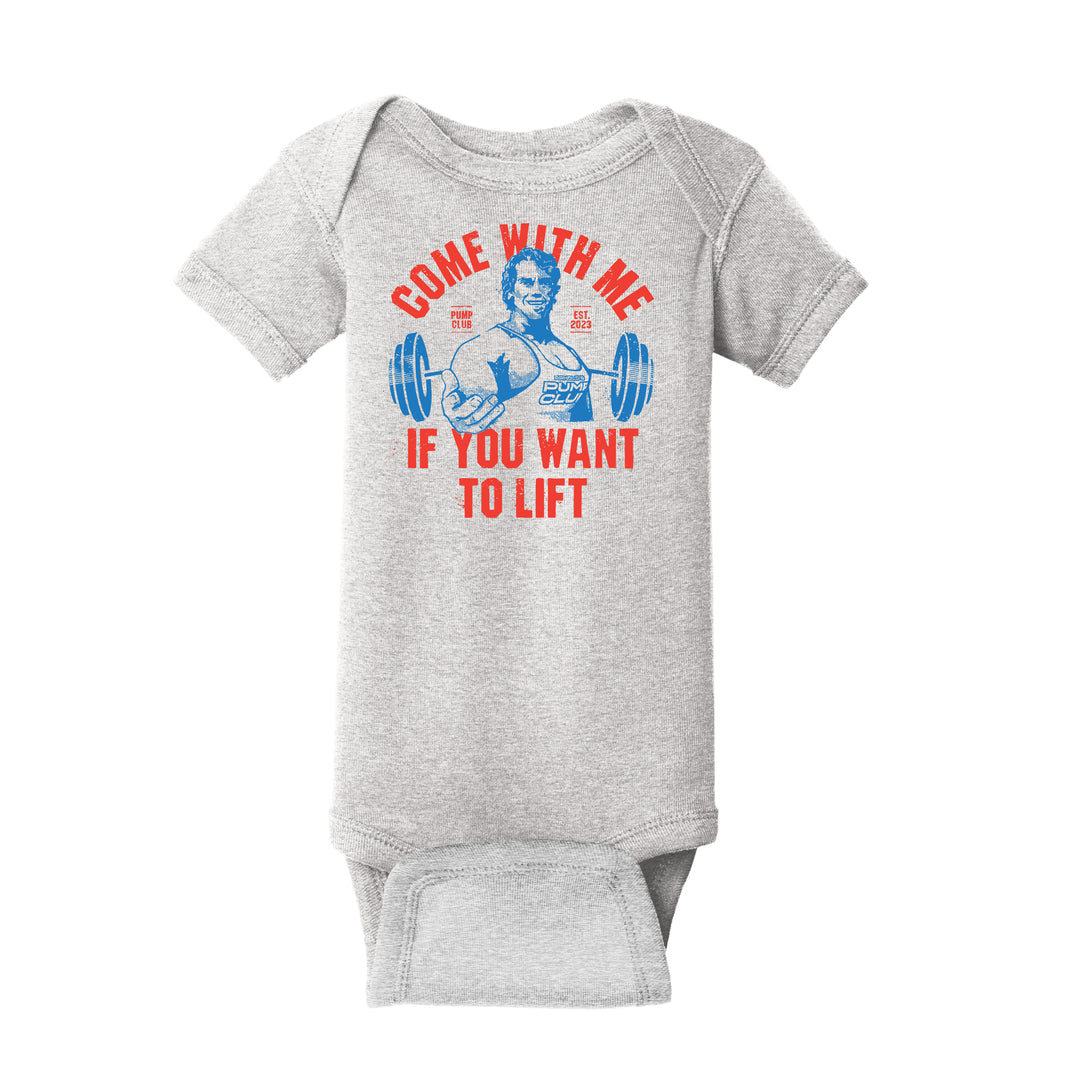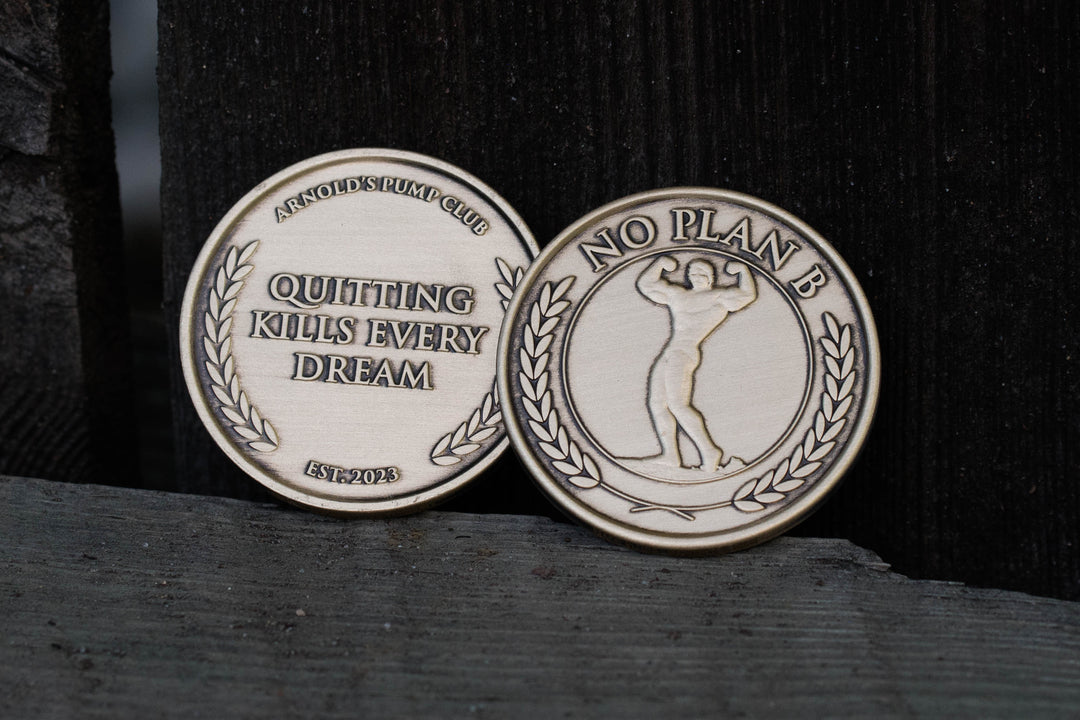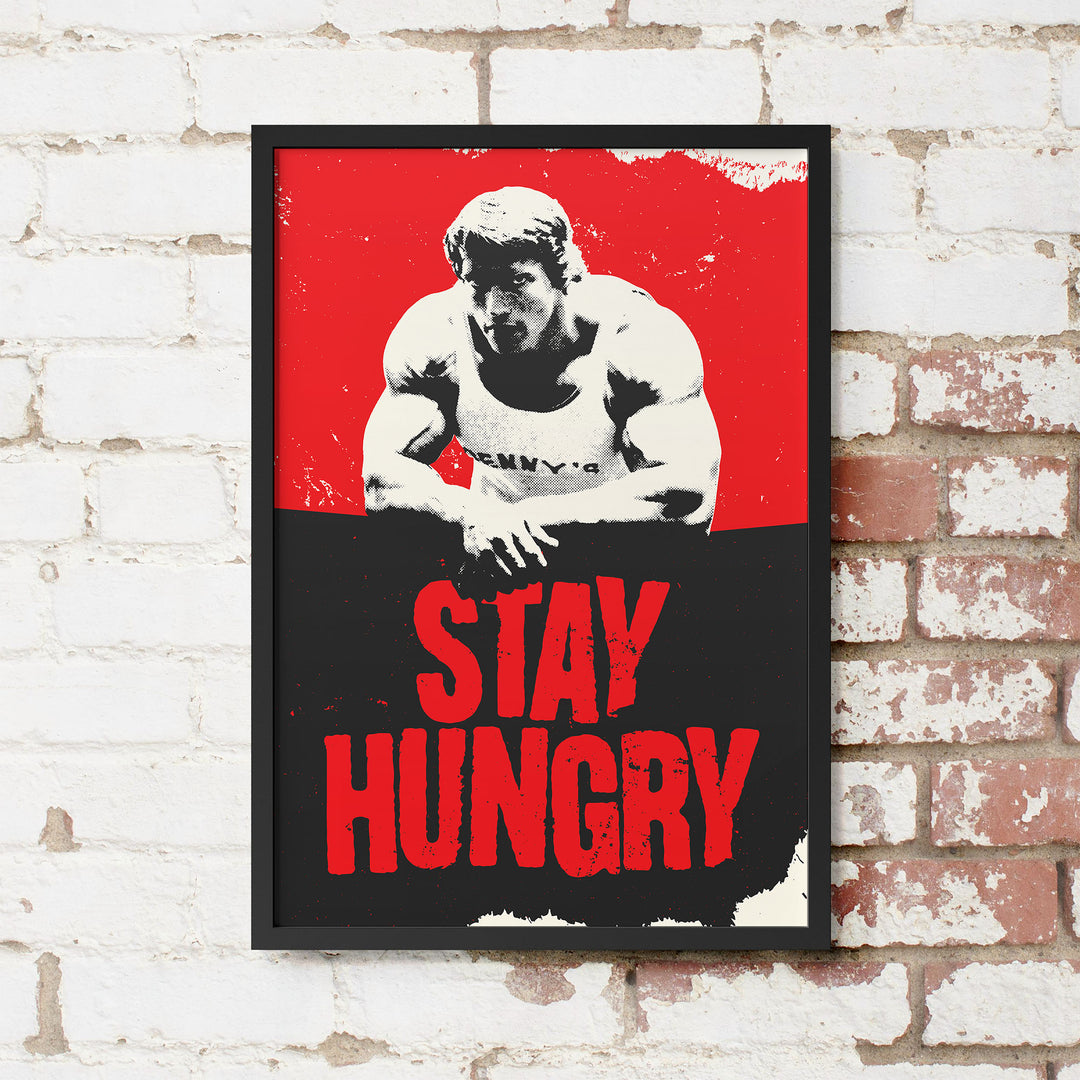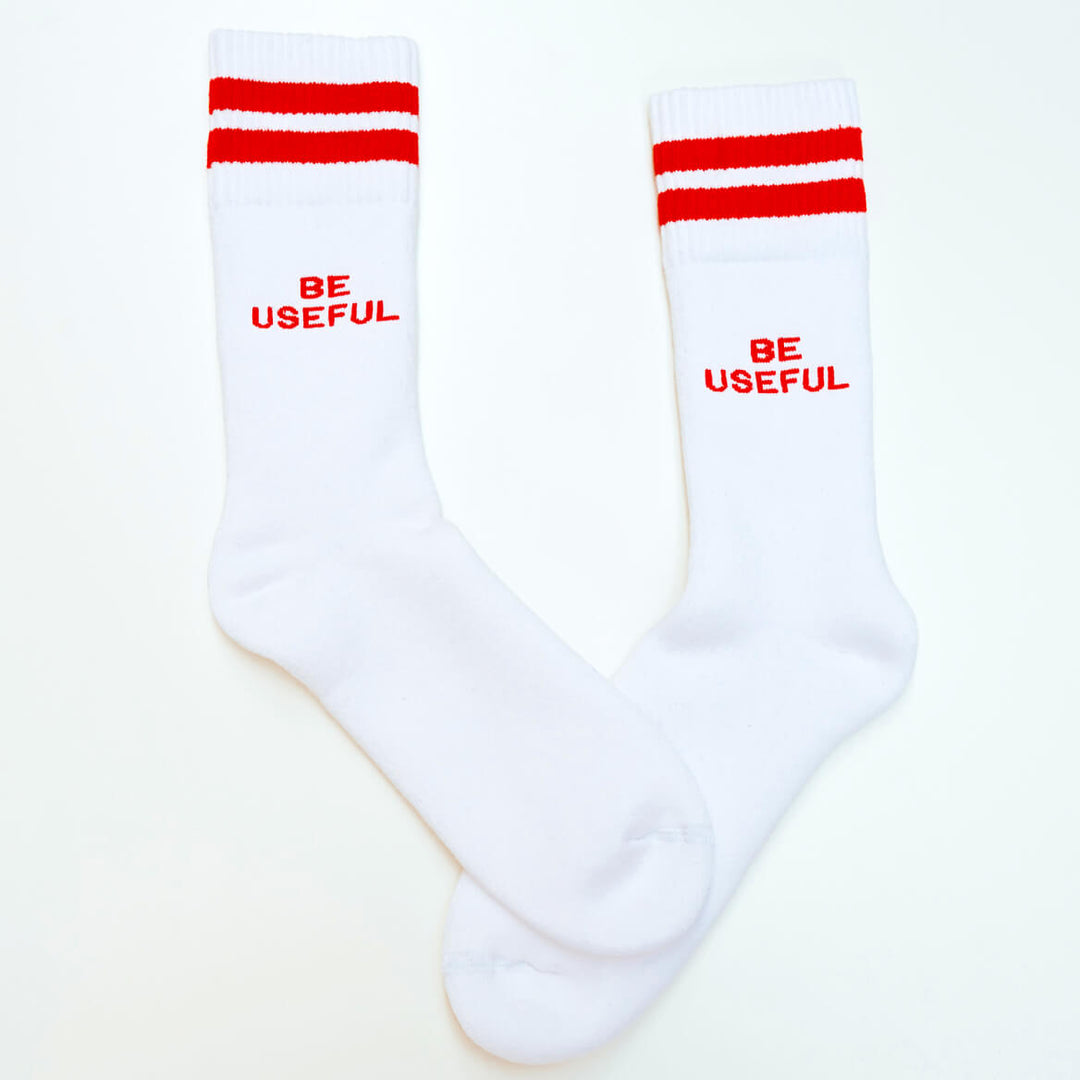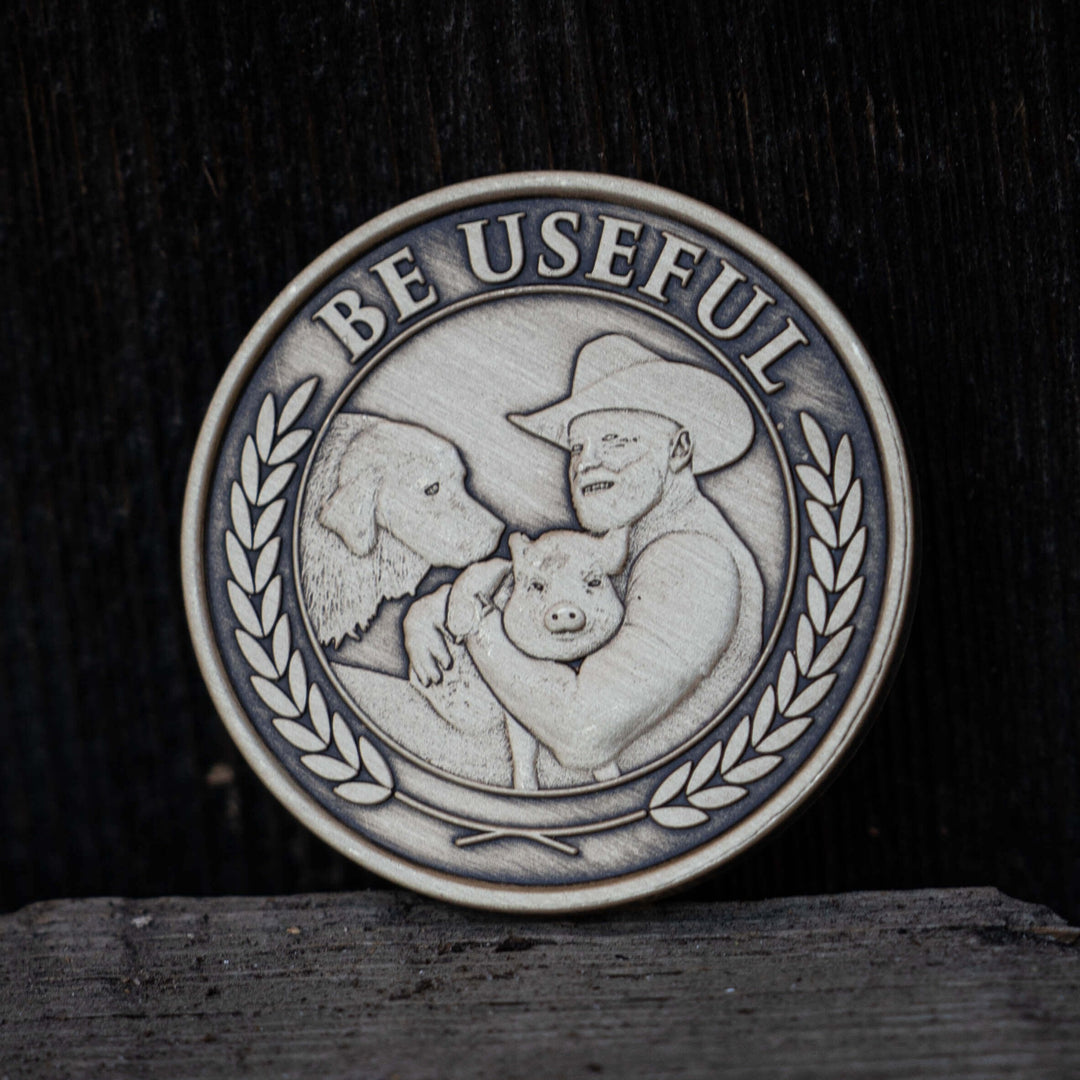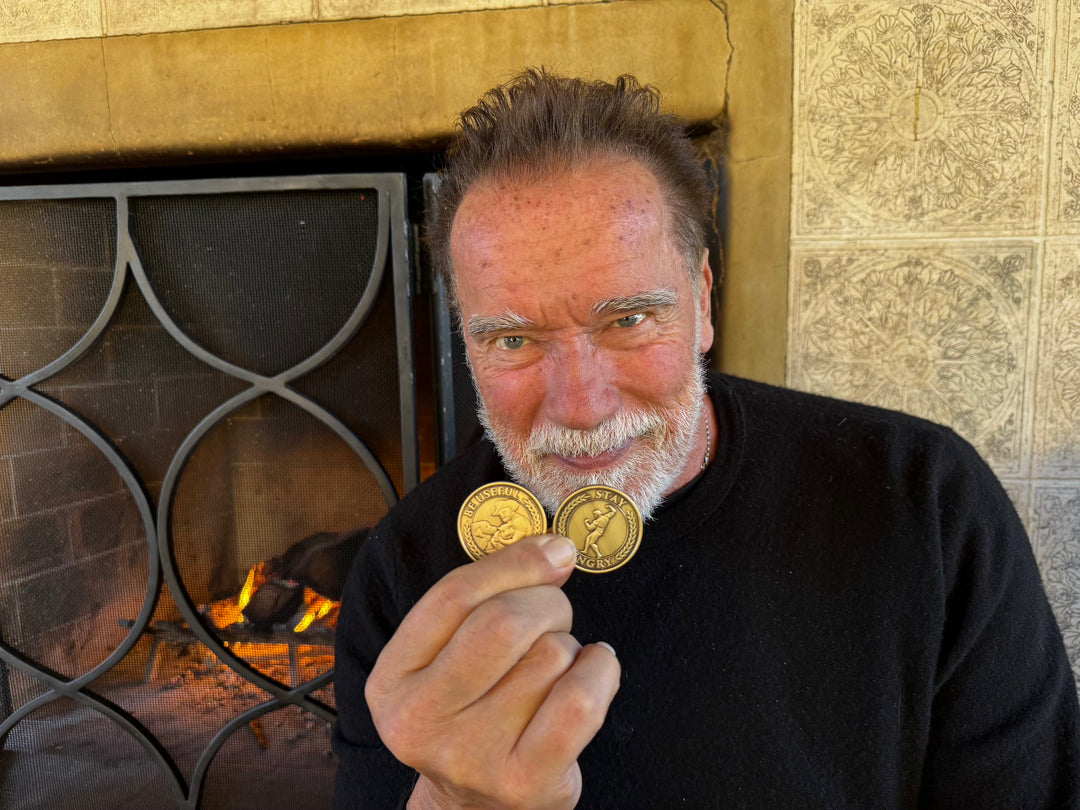Welcome to the positive corner of the internet. Here’s a daily digest designed to make you healthier in less than 5 minutes. If you were forwarded this message, you can get the free daily email here.
Today’s Health Upgrade
The end of dieting?
In defense of breakfast cereal
The 500-Step Rule
Arnold’s Podcast
Motivation every day. Want Arnold to help you start your day? Each morning, we post a new podcast with tips you’ll find in the daily email and bonus stories, wisdom, and motivation from Arnold. Listen to Arnold's Pump Club podcast. It's like the daily newsletter but with additional narration and thoughts from Arnold. You can subscribe on Apple, Spotify, Google, or wherever you listen to podcasts.
Adam’s Corner: What If We Never Dieted?
Yesterday, I had breakfast with Arnold, Daniel, and Arnold’s friend Dieter (who shoots a lot of the footage you see of Arnold.) I ordered eggs, smoked salmon, and toast. When the food came, Dieter and Daniel looked at me.
“You ordered white toast?”
“First of all, it’s sourdough. Second of all, bread is not the problem. But this conversation represents why people are so confused.”
When I look at the state of our health — 75 percent of people in the US are considered overweight or obese — I see many reasons, causes, and complications. But one that is not discussed enough is the wellness industry's role in doing more harm than good.
Every day, a new claim comes out. In the past week, I’ve seen videos suggesting that fruit is bad, oatmeal is toxic, and people must avoid whey protein.
So, here’s a thought experiment: Do diets make people healthier or leave them worse off?
The problem isn’t dieting itself. A diet is a way of eating. It’s how we approach “healthy eating” and our warped and obsessive desire to outsmart fat loss. We act like fat loss is a puzzle we can’t solve when, in fact, most people have tried eating healthier and lost some weight. The problem is finding something that consistently leads to results and doesn’t take more than it gives. But that’s what you usually see with diets.
Many popular diets are the school bully. You experience quick wins like rapid weight loss, which feels like you just got $100. It builds trust and creates commitment. But it’s all a facade; next thing you know, you’re frustrated, sad, and when you check your pockets, you realize you were robbed of $1,000. And then, just as you recover from the shame and frustration, you choose a new diet that seems different and have an even bigger success. It feels like you’ve won $200 and finally are on the right path…only to realize it was the same trap, only this time you’re out $2,000.
Of course, this is just a hypothetical, although many diets force you to burn money on things that don’t work. But it’s representative of the vicious cycle of dieting. Or, as I called it in my last book, the dieting circle of hell.
These diets build a false reality: you believe you need to do something extreme to create positive change. This is not true.
Extreme restriction tends to break down and rebound. It’s Newton’s law applied to nutrition: For every action, there is an equal and opposite reaction.
You see food as the enemy, start to stress everything you eat, overthink each meal, and become anxious and overwhelmed. Instead of building healthier habits, you become more confused. You don’t know how to control your hunger, feel too constrained, and everything outside a tightly restricted list of foods feels like a mistake.
To be clear, the food environment is a big problem. There’s too much temptation and ultra-processed foods that lead to overeating. But you can’t control the food industry. You can control your habits, strategy, and your mindset. Endless dieting and restriction will teach you that being healthy is impossible. And that’s not a stable foundation.
If you look at many of the healthiest cultures, they don’t diet. They eat pasta, bread, and rice regularly. Is it genetics? Not likely, based on research that compares the genetic influence on weight gain.
My belief: you’re playing a game you can’t win. And, if you want to see better results, you need to leave the old game (dieting, restrictions, and extremes) and play a completely different game. And that means combining healthy behaviors with less-than-healthy behaviors (like some desserts and takeout) and avoiding unrealistic, unsustainable approaches. It’s learning how to make small changes that become habits, such as prioritizing sleep and drinking more water. It’s understanding the foods that help control your hunger (protein and fiber are a great start) and not catastrophizing every little decision (yes, your body can handle a little sugar).
If you can spend more energy on those habits, stress decreases, compliance increases, and you step away from punishment and fear, that’s when you start to think you can’t screw up. That leads to confidence and consistency — and that’s when change starts to happen.
What do you think? Are diets a big part of the problem…or do you think they are the solution? I’d love your thoughts.
In Defense of Breakfast Cereal
If you’ve ever wondered if you’re being unnecessarily strict with some of the foods you avoid, research suggests that breakfast cereal eaters are less likely to be overweight or obese.
This message is not brought to you by Lucky Charms, but they would love what science shows.
People who eat breakfast cereal also do a better job getting more vitamins and minerals and consuming less sodium. They even satisfy more micronutrient recommendations than non-cereal eaters. This list goes on and on, and they have a significantly higher intake of dietary fiber, calcium, iron, magnesium, potassium, zinc, vitamin A, thiamin, riboflavin, niacin, vitamin B6, folate, vitamin B12, and vitamin D.
We learned about many of these details following a great breakdown from 2 percent, which we highly recommend. And that got us investigating deeper. Breakfast cereal has a bad reputation because of the sugar. But, as pointed out in the 2 percent analysis, compared to total sugar intake, the amount of sugar you consume in cereal is relatively low and sometimes benign compared to other foods you might eat without a second thought.
“People will avoid cereal “cuz sugar” then slather chicken in a few servings of barbecue sauce, giving them 25 grams of protein—and 48 grams of added sugar, or the equivalent of 4 bowls of Lucky Charms.”

For comparison’s sake, check out the sugar content in a few other food choices:
Small Dunkin’ Donuts frozen coffee: 89 grams of added sugar
1 cup of Bush’s Original Baked Beans: 23 grams of added sugar
MetRX Protein Bar: 20 to 27 grams of added sugar
That’s not to say that sugar-based cereals are healthy, but within the context of a good diet, they aren’t that bad.
Put another way, if eating cereal helps you find more enjoyment in your diet and, otherwise, you eat healthy throughout the day, the likelihood of it being a problem is incredibly low. If you want to make your favorite cereal part of a balanced breakfast, combine it with a source of protein (such as eggs or a protein shake) and fiber-loaded fruit (such as berries).
As a rule, consider cereals with 10 grams or less of added sugar. And if you occasionally have more than that, don’t overthink it. And your body can safely handle some sugar, and your cereal can even be used to help fuel workouts. Eat, enjoy, and try to limit sugar in the other food you eat. After all, sugar is not toxic. The poison is always in the dose.
Why Isn’t Everyone Talking About This?
What if we told you one behavior could help reduce your risk of cardiovascular disease, cancer, obesity, and all-cause death? And no, we’re not talking about lifting weights (although that would also be true).
We’re talking about walking. Yet another study suggested that the number of steps you need to take to improve your health and prolong your life is surprisingly doable.
The latest research reviewed 17 different studies and more than 225,000 people. Everyone loves talking about the 10,000-step rule (a made-up number), but the benefits of walking start with minimal effort. The researchers found that every 500 steps you take is associated with a 7 percent decreased risk of death from cardiovascular disease. And for every 1,000 steps, you experience a 15 percent reduction in all-cause death, with benefits starting as low as 2,500 steps per day.
You see a significant jump in health protection from 4,000 to 5,000 steps per day, with more benefits extending up to 8,000 steps per day and beyond.
If getting enough steps is difficult, add 500 steps per day. It can be as simple as setting a calendar reminder and going for a 5 to 10-minute walk. Do it repeatedly, and then add a second walking break. In no time, you’ll easily be hitting the minimums you need to support your health.
—
Publisher: Arnold Schwarzenegger
Editors-in-chief: Adam Bornstein and Daniel Ketchell






























